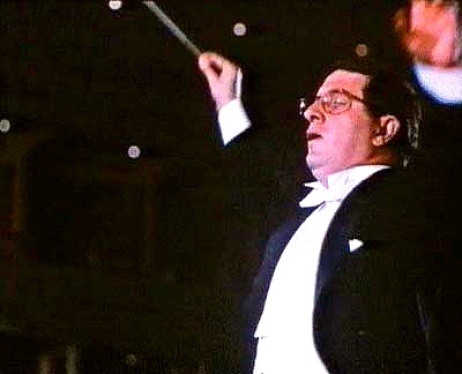Dvořák had tremendous admiration for technical inventions, particularly locomotives—in the U.S. he might be called a railfan.
“It consists of many parts, of so many different parts, and each has its own importance, each has its own place,” he wrote. “Even the smallest screw is in place and holding something! Everything has its purpose and role and the result is amazing.”
“Such a locomotive is put on the tracks, they put in the coal and water, one person moves a small lever, the big levers start to move, and even though the cars weigh a few thousand metric cents, the locomotive runs with them like a rabbit. All of my symphonies I would give if I had invented the locomotive!”
This according to Antonín Dvořák: Komplexní zdroj informací o skladateli / A comprehensive information source on the composer, an Internet resource created by Ondřej Šupka. Many thanks to Jadranka Važanová for her discovery and translation of this wonderful quotation.
Today is Dvořák’s 180th birthday! Below, the EuroCity 77 “Antonin Dvorak” leaving Prague for Vienna.
Related article: Johannes Brahms, railfan












